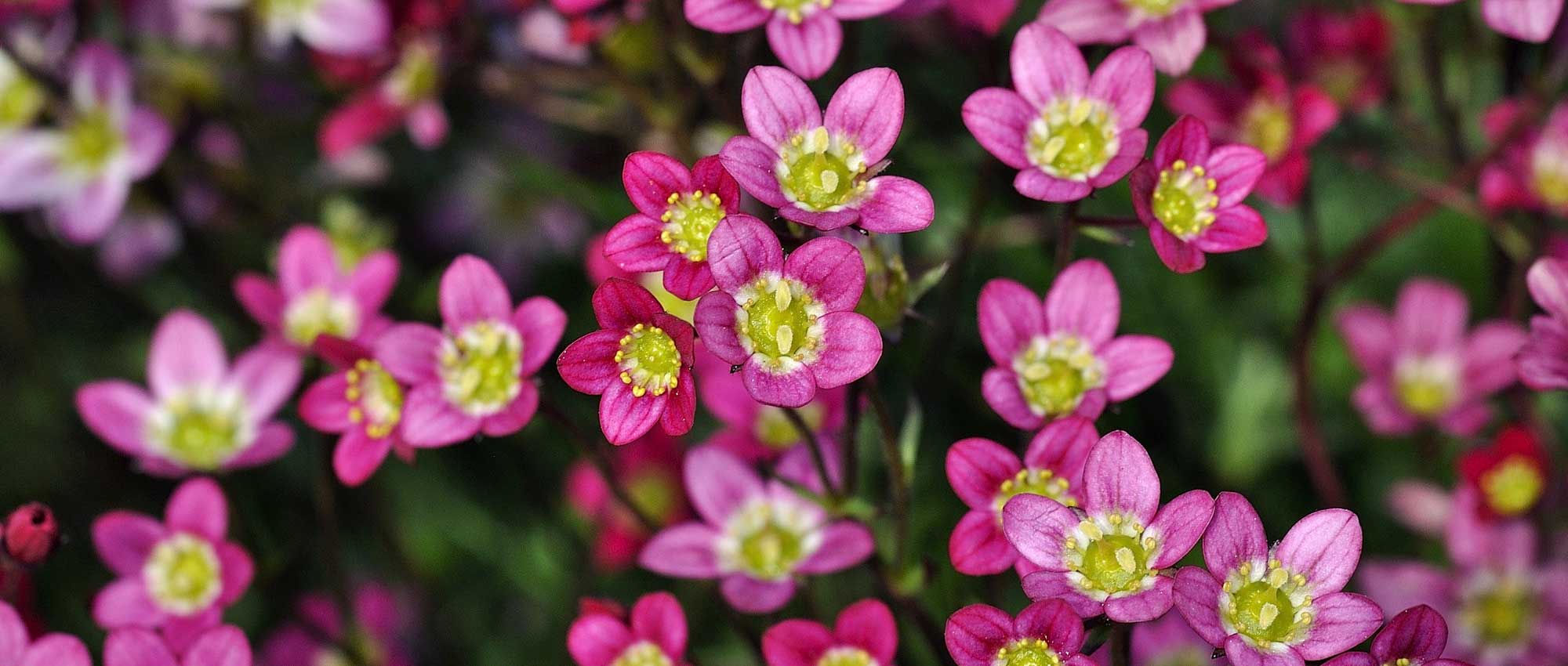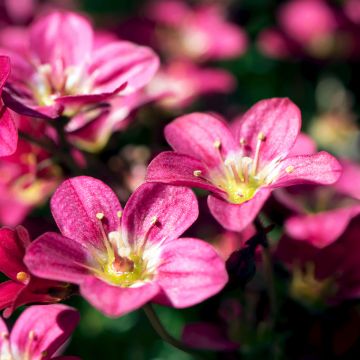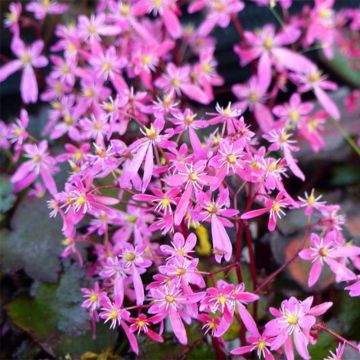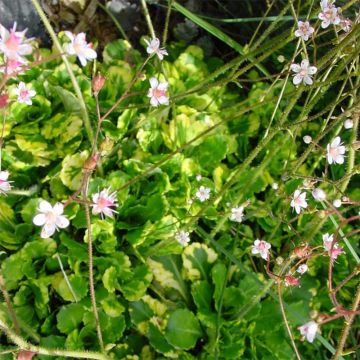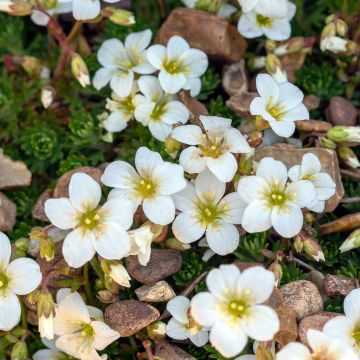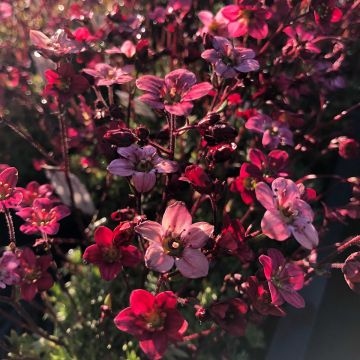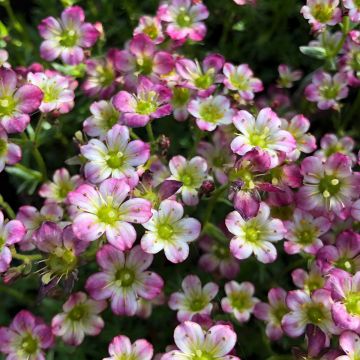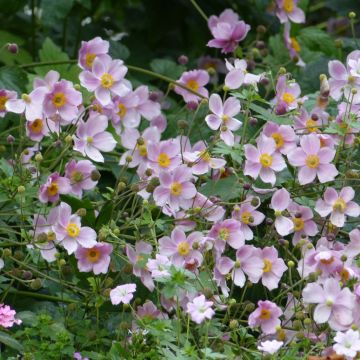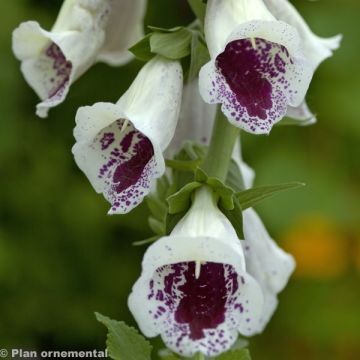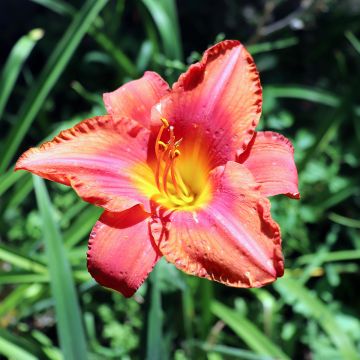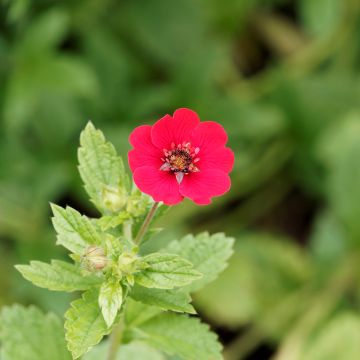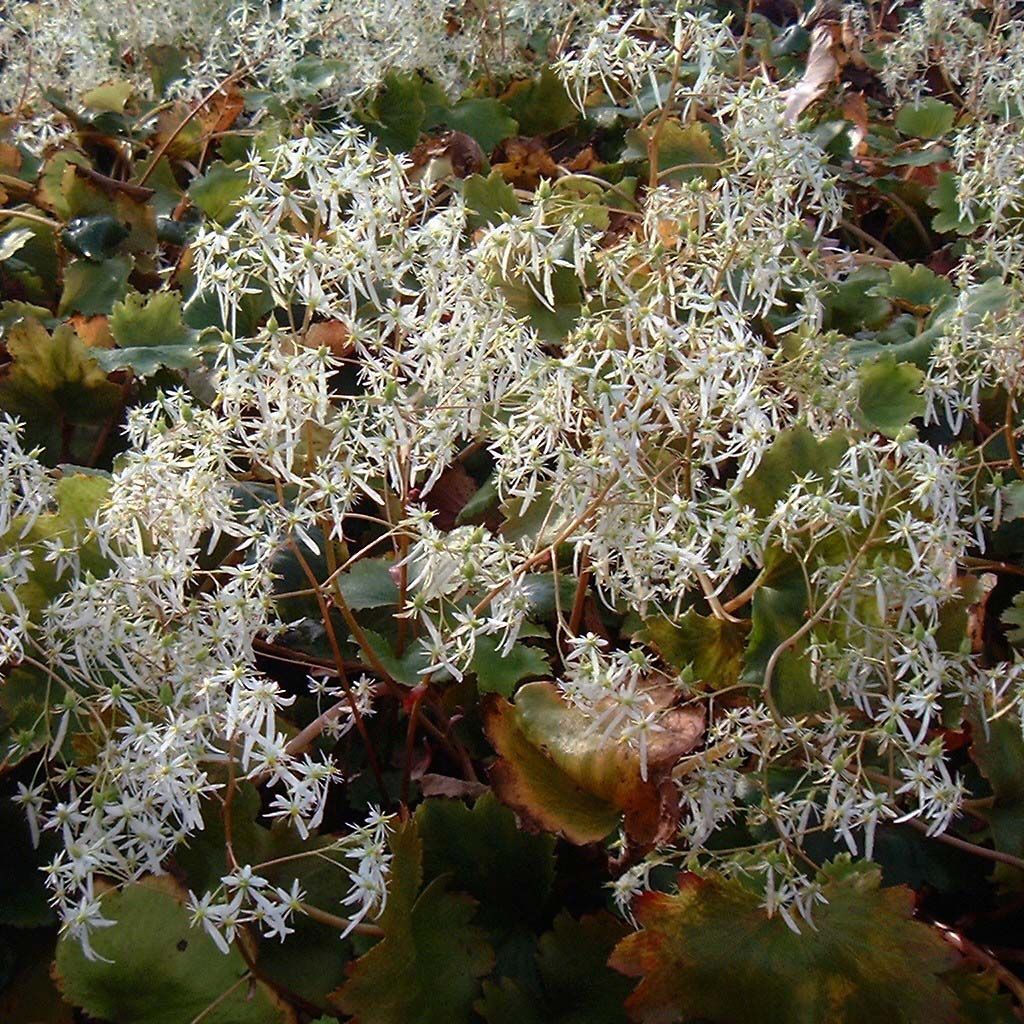

Saxifraga fortunei Wada - Saxifrage
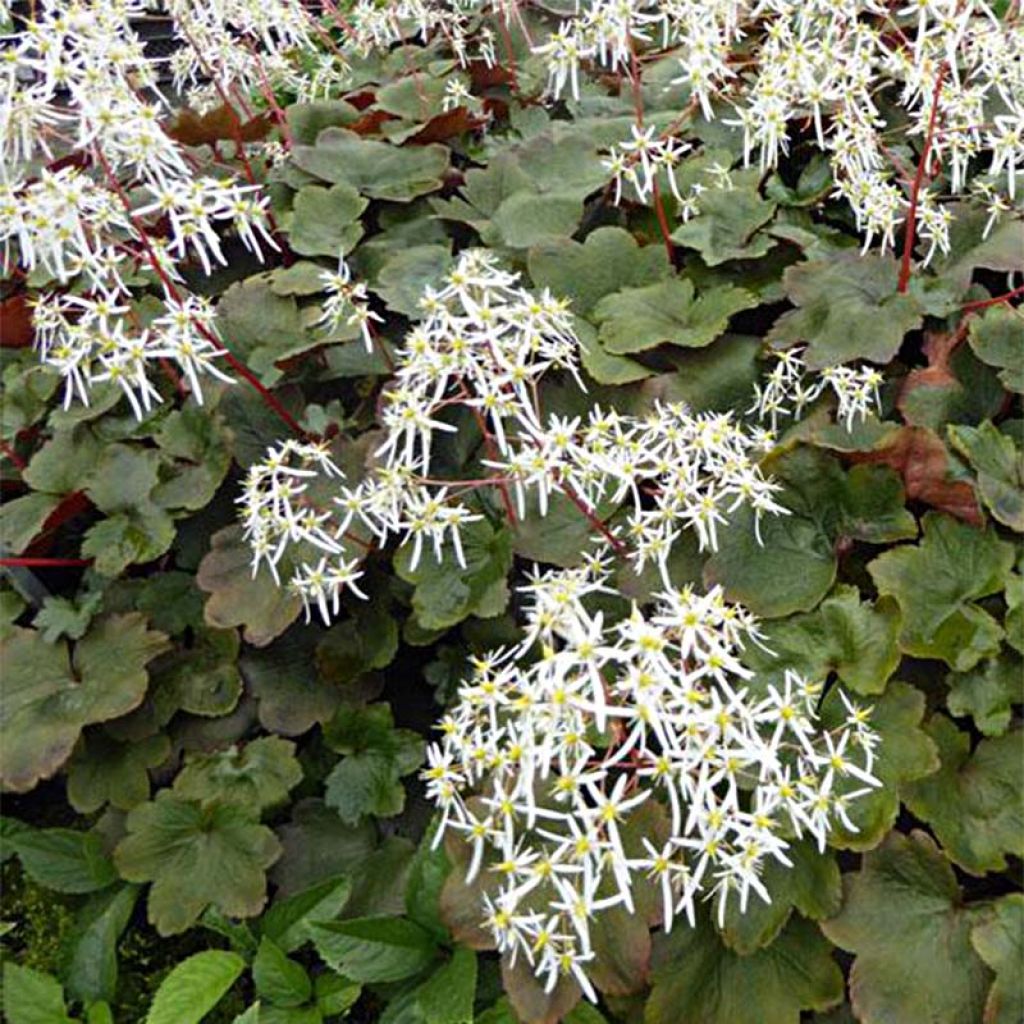

Saxifraga fortunei Wada - Saxifrage
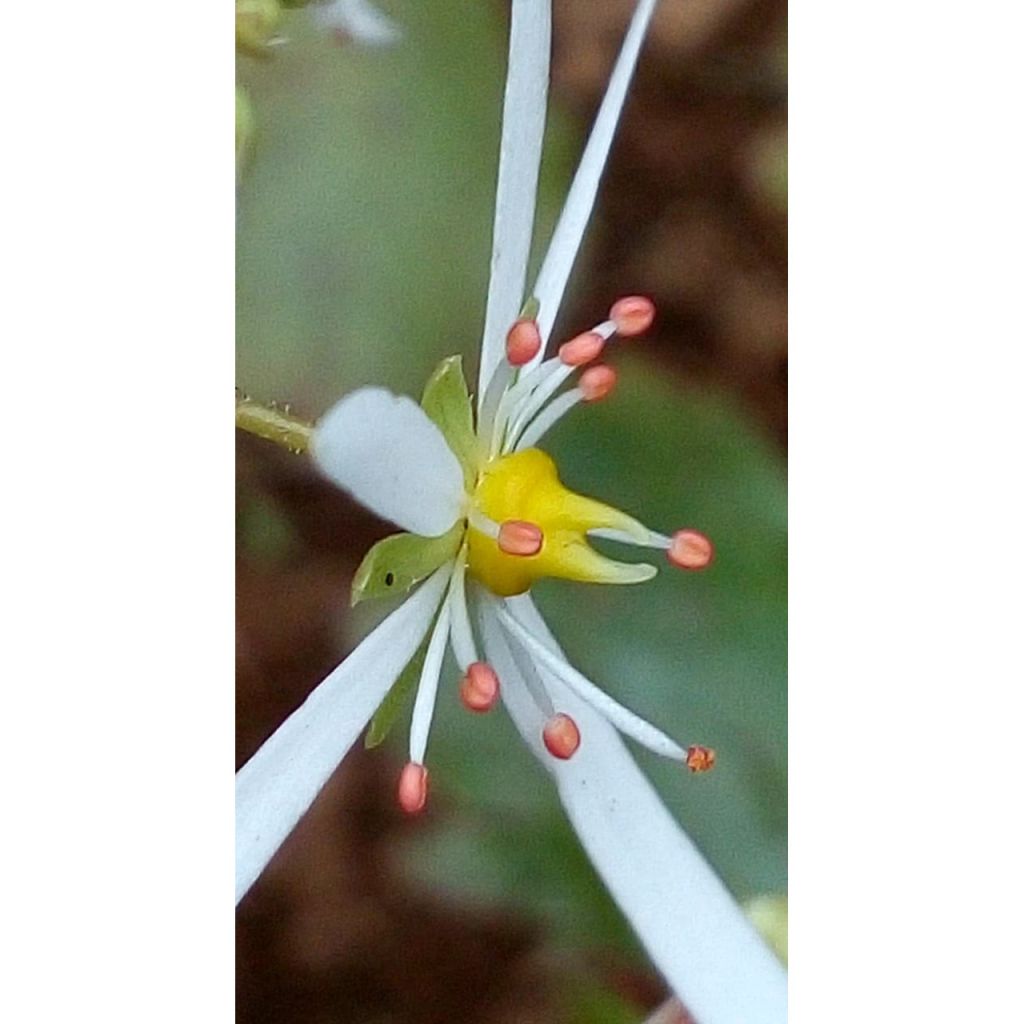

Saxifraga fortunei Wada
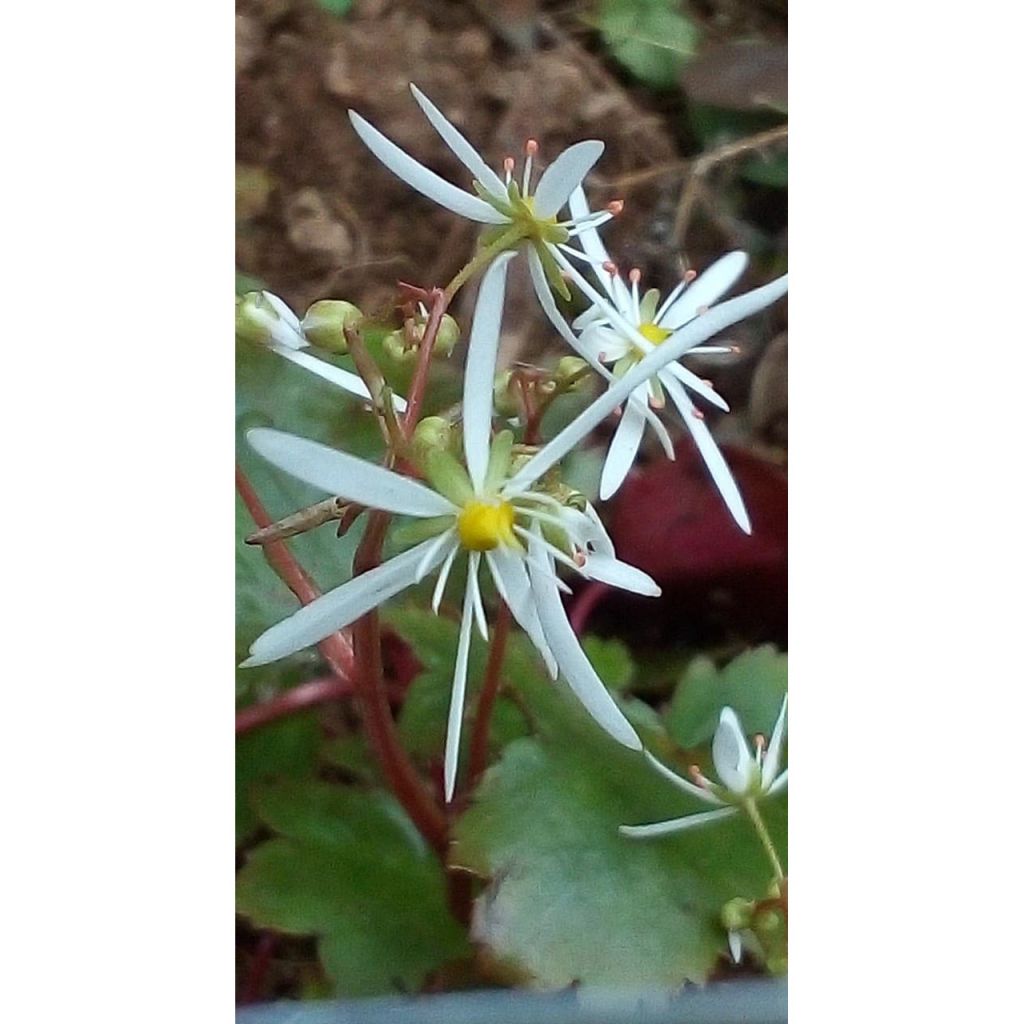

Saxifraga fortunei Wada
Saxifraga fortunei Wada
Saxifraga fortunei Wada
Fortune Saxifrage
Special offer!
Receive a €20 voucher for any order over €90 (excluding delivery costs, credit notes, and plastic-free options)!
1- Add your favorite plants to your cart.
2- Once you have reached €90, confirm your order (you can even choose the delivery date!).
3- As soon as your order is shipped, you will receive an email containing your voucher code, valid for 3 months (90 days).
Your voucher is unique and can only be used once, for any order with a minimum value of €20, excluding delivery costs.
Can be combined with other current offers, non-divisible and non-refundable.
Home or relay delivery (depending on size and destination)
Schedule delivery date,
and select date in basket
This plant carries a 12 months recovery warranty
More information
We guarantee the quality of our plants for a full growing cycle, and will replace at our expense any plant that fails to recover under normal climatic and planting conditions.
Would this plant suit my garden?
Set up your Plantfit profile →
Description
Saxifrage fortunei 'Wada' is distinguished by its slightly larger growth compared to other Fortune saxifrages, but especially by the beautiful colouring of its foliage. Adorned with khaki-green leaves tinged with brown on the top, beautifully edged with brown-red, this adorable perennial plant also boasts a delicate late flowering, made up of small white-cream star-shaped flowers, gathered in airy clusters. It brings charm to shaded and cool areas of the garden in autumn, at a time of year when flowering is rare in the garden. Place it near the house so you can admire it up close, or better yet, cultivate it in the Japanese style, in bowls that can be placed near the house during flowering.
Saxifraga fortunei belongs to the Saxifragaceae family. It is closely related to S. cortusifolia. This small plant forms a rosette of large leaves measuring 45cm (18in) in diameter that die down in winter. They are thick, rounded, lobed, toothed, shiny, measure about 4 to 6cm (2in) in diameter, and are carried on long reddish stems. The flowering plant will reach approximately 45cm (18in) in height with a spread of 45 to 50cm (18 to 20in). In this 'Wada' variety, the foliage colour boasts shades of khaki-green, brown, and red. From September until the first frost, 10cm (4in) long panicles emerge from the leaf clump, well above the foliage. On reddish-brown branches, lovely asymmetrical flowers, measuring 3 to 5cm (1 to 2in) in diameter, appear. They consist of 6 thread-like petals, 3 short upper petals, and 3 longer lower petals, giving the corolla a charming and delicate air. Their colour is white-cream, and the small conical flower centre is bright yellow. Lean in a little to discover their fineness and delicate fragrance.
Saxifrage 'Wada' thrives in light, humus-rich, moist, and well-drained soil in semi-shade or full shade. These conditions can be found in a shaded rockery, at the edge of a damp woodland, or near a north-facing facade in well-drained soil. It can also be planted at the base of deciduous trees or bushes, taking care to remove any dead leaves that could cover the plant in autumn. It also makes lovely borders, embellishes walls, and decorates shaded areas of a patio. Dwarf hostas, Japanese ferns (Athyrium niponicum Pictum), or Dryopteris erythrosora, foamflowers, and Veronica umbrosa will be good companions for this extremely refined perennial plant.
NOTE: Attention! This plant is quite delicate and should be reserved for experienced gardeners. Plant Saxifrage fortunei in light, moist, slightly acidic soil without excessive limestone. This perennial does not tolerate heavy and wet soils in winter, nor dry and limestone soils in summer.
Saxifraga fortunei Wada in pictures
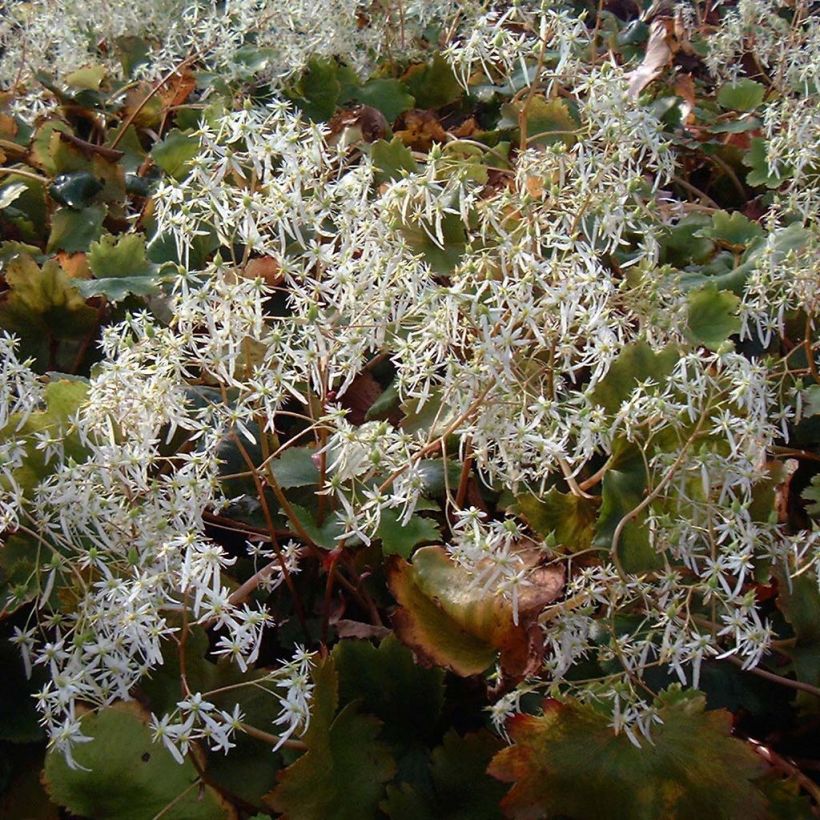

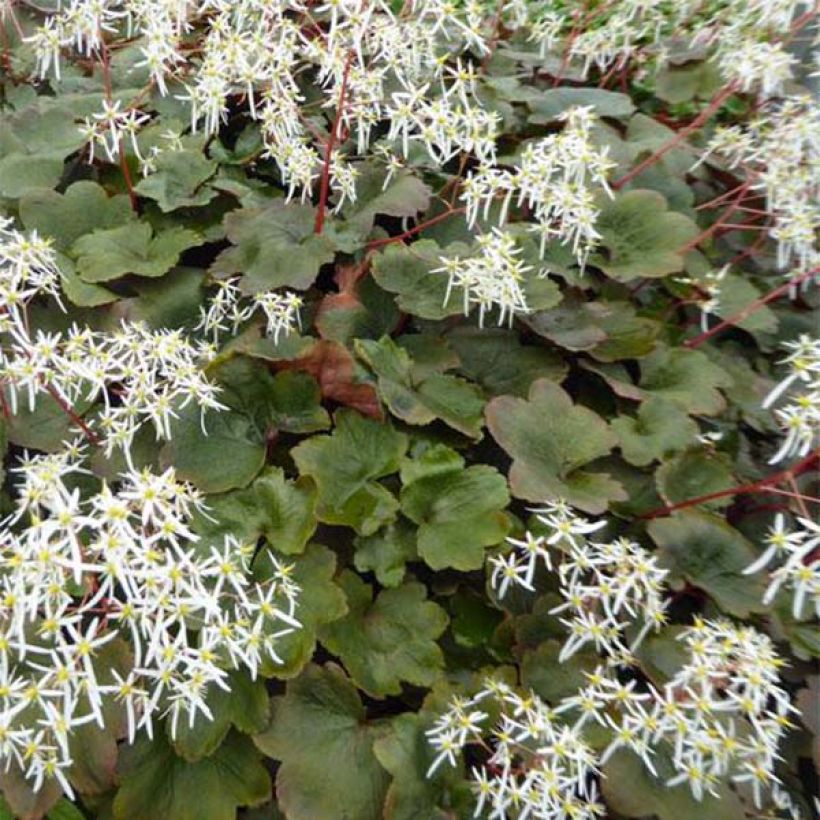

Flowering
Foliage
Plant habit
Botanical data
Saxifraga
fortunei
Wada
Saxifragaceae
Fortune Saxifrage
Cultivar or hybrid
Other Saxifraga
View all →Planting and care
Plant from September to March, 7 plants per m², in a well-draining and rich mixture of ericaceous soil, pumice, and garden soil. It thrives in moist and humus-rich soils found in mountain woodlands and does not tolerate excessive winter moisture or summer drought. However, it can tolerate root competition from trees and bushes as long as the soil does not dry out in summer. Choose a semi-shaded to shaded position, always keeping it moist. If planted at the base of deciduous trees or bushes, remove any fallen autumn leaves covering the clump. It is susceptible to attacks from aphids, gastropods, and vine weevils.
Planting period
Intended location
Care
Planting & care advice
This item has not been reviewed yet - be the first to leave a review about it.
Similar products
Haven't found what you were looking for?
Hardiness is the lowest winter temperature a plant can endure without suffering serious damage or even dying. However, hardiness is affected by location (a sheltered area, such as a patio), protection (winter cover) and soil type (hardiness is improved by well-drained soil).

Photo Sharing Terms & Conditions
In order to encourage gardeners to interact and share their experiences, Promesse de fleurs offers various media enabling content to be uploaded onto its Site - in particular via the ‘Photo sharing’ module.
The User agrees to refrain from:
- Posting any content that is illegal, prejudicial, insulting, racist, inciteful to hatred, revisionist, contrary to public decency, that infringes on privacy or on the privacy rights of third parties, in particular the publicity rights of persons and goods, intellectual property rights, or the right to privacy.
- Submitting content on behalf of a third party;
- Impersonate the identity of a third party and/or publish any personal information about a third party;
In general, the User undertakes to refrain from any unethical behaviour.
All Content (in particular text, comments, files, images, photos, videos, creative works, etc.), which may be subject to property or intellectual property rights, image or other private rights, shall remain the property of the User, subject to the limited rights granted by the terms of the licence granted by Promesse de fleurs as stated below. Users are at liberty to publish or not to publish such Content on the Site, notably via the ‘Photo Sharing’ facility, and accept that this Content shall be made public and freely accessible, notably on the Internet.
Users further acknowledge, undertake to have ,and guarantee that they hold all necessary rights and permissions to publish such material on the Site, in particular with regard to the legislation in force pertaining to any privacy, property, intellectual property, image, or contractual rights, or rights of any other nature. By publishing such Content on the Site, Users acknowledge accepting full liability as publishers of the Content within the meaning of the law, and grant Promesse de fleurs, free of charge, an inclusive, worldwide licence for the said Content for the entire duration of its publication, including all reproduction, representation, up/downloading, displaying, performing, transmission, and storage rights.
Users also grant permission for their name to be linked to the Content and accept that this link may not always be made available.
By engaging in posting material, Users consent to their Content becoming automatically accessible on the Internet, in particular on other sites and/or blogs and/or web pages of the Promesse de fleurs site, including in particular social pages and the Promesse de fleurs catalogue.
Users may secure the removal of entrusted content free of charge by issuing a simple request via our contact form.
The flowering period indicated on our website applies to countries and regions located in USDA zone 8 (France, the United Kingdom, Ireland, the Netherlands, etc.)
It will vary according to where you live:
- In zones 9 to 10 (Italy, Spain, Greece, etc.), flowering will occur about 2 to 4 weeks earlier.
- In zones 6 to 7 (Germany, Poland, Slovenia, and lower mountainous regions), flowering will be delayed by 2 to 3 weeks.
- In zone 5 (Central Europe, Scandinavia), blooming will be delayed by 3 to 5 weeks.
In temperate climates, pruning of spring-flowering shrubs (forsythia, spireas, etc.) should be done just after flowering.
Pruning of summer-flowering shrubs (Indian Lilac, Perovskia, etc.) can be done in winter or spring.
In cold regions as well as with frost-sensitive plants, avoid pruning too early when severe frosts may still occur.
The planting period indicated on our website applies to countries and regions located in USDA zone 8 (France, United Kingdom, Ireland, Netherlands).
It will vary according to where you live:
- In Mediterranean zones (Marseille, Madrid, Milan, etc.), autumn and winter are the best planting periods.
- In continental zones (Strasbourg, Munich, Vienna, etc.), delay planting by 2 to 3 weeks in spring and bring it forward by 2 to 4 weeks in autumn.
- In mountainous regions (the Alps, Pyrenees, Carpathians, etc.), it is best to plant in late spring (May-June) or late summer (August-September).
The harvesting period indicated on our website applies to countries and regions in USDA zone 8 (France, England, Ireland, the Netherlands).
In colder areas (Scandinavia, Poland, Austria...) fruit and vegetable harvests are likely to be delayed by 3-4 weeks.
In warmer areas (Italy, Spain, Greece, etc.), harvesting will probably take place earlier, depending on weather conditions.
The sowing periods indicated on our website apply to countries and regions within USDA Zone 8 (France, UK, Ireland, Netherlands).
In colder areas (Scandinavia, Poland, Austria...), delay any outdoor sowing by 3-4 weeks, or sow under glass.
In warmer climes (Italy, Spain, Greece, etc.), bring outdoor sowing forward by a few weeks.






























